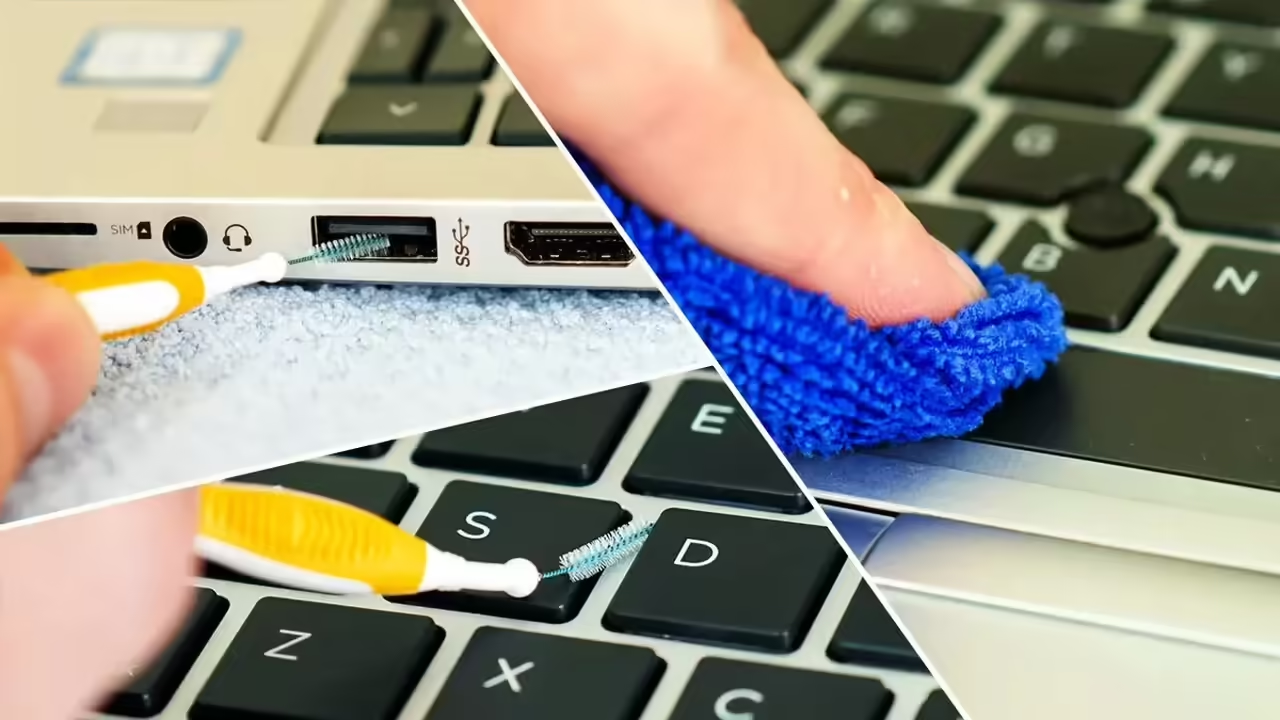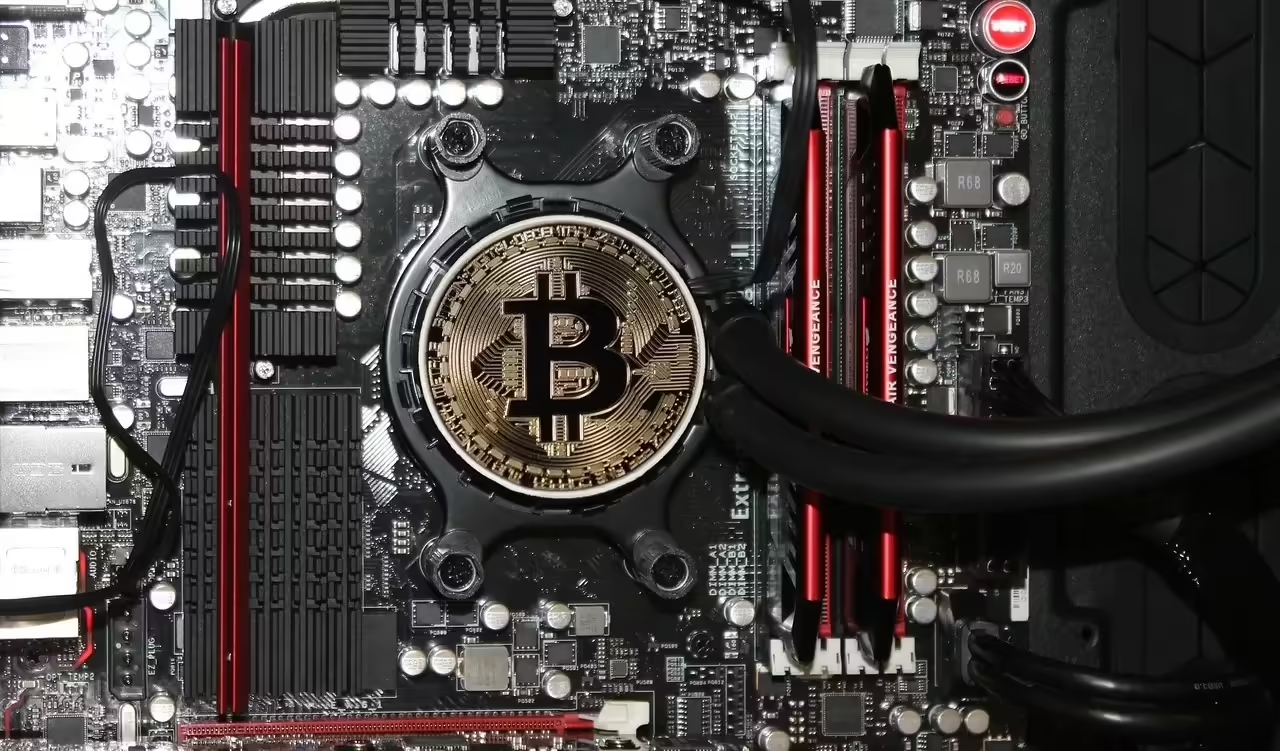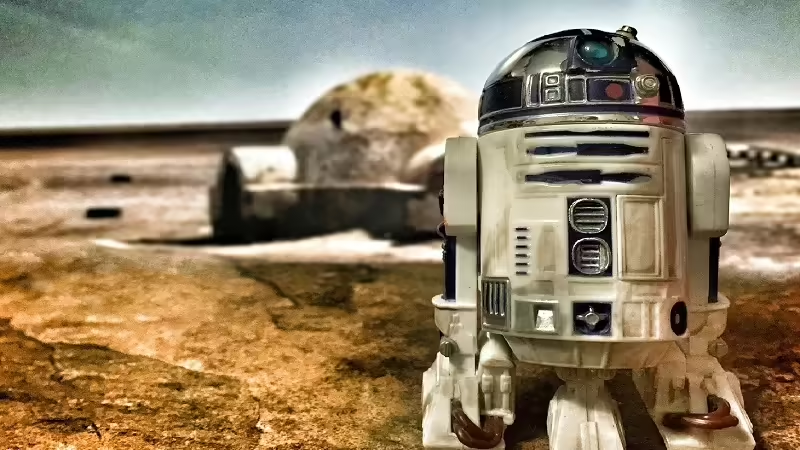
Your laptop is an essential tool in your daily life, but its maintenance is often overlooked. If you want your laptop to last longer and run efficiently, it is crucial that you clean it regularly. Proper cleaning of your laptop can also help prevent problems with overheating, which can damage internal components.
In this article, we’ll give you some helpful tips for effective laptop cleaning. Follow these simple steps to keep your laptop looking like new.
Turn off your laptop
Before you start cleaning, make sure your laptop is turned off and disconnected from the power. Also, make sure it is cooled down before you begin any cleaning process.
Clean the outside surface
Start by wiping the outside surface of your laptop with a soft, dry cloth. If there are stubborn stains on the casing, you can use a soft damp cloth, but make sure it is not too wet to avoid damaging the electronics.
Clean the screen
The screen of your laptop is one of the most important parts to clean. Use a soft, dry microfiber cloth to remove dust and fingerprints. If there are stubborn smudges, use a slightly damp cloth. Be sure not to press too hard when cleaning the screen, as this may damage it.
Clean the keyboard
The keyboard of your laptop is one of the places most prone to accumulate dirt and dust. Use a can of compressed air to blow away any dirt and dust that has accumulated on the keys. Then use a soft cloth to wipe the keyboard and surrounding areas.
Clean the ports
Your laptop’s ports can accumulate dirt and dust over time. Use a soft brush to clean the ports, then use a can of compressed air to blow off any remaining dirt. If there are stubborn stains on the ports, you can use a cotton swab dipped in isopropyl alcohol.
Maintain regular cleaning
To keep your laptop looking like new, it is important to clean it regularly. You can do this once a week or every two weeks, depending on usage and the amount of dust in your environment.
The most common mistakes when cleaning a laptop and how to avoid them
Cleaning a laptop is an important task to keep it in good condition, but it is also easy to make mistakes when doing so. Here are the most common mistakes when cleaning a laptop and how to avoid them.
Using liquid cleaning products
One of the most common mistakes when cleaning a laptop is using liquid cleaning products. These products can seep into the internal components and damage the hardware. In addition, some cleaning products may contain harsh chemicals that can damage the laptop screen and casing.
How to avoid: Instead of using liquid cleaners, use a soft, dry cloth to wipe the surface of the notebook. If necessary, use a cleaning solution specifically designed for laptops. Be sure to read the manufacturer’s instructions before using any cleaning product.
Using Rough Towels or Cloths
Another common mistake when cleaning a laptop is using rough towels or cloths. These can scratch the surface of the laptop and damage the screen.
How to avoid this: Use a soft, clean cloth to wipe the surface of the laptop. If the cloth is dirty or too damp, replace it with a clean, dry one.
Using too much force when cleaning
Applying too much force when cleaning a notebook can damage the screen and internal components.
How to avoid: Use gentle, firm pressure when cleaning the surface of the notebook. If you find a stain or area that is difficult to clean, do not rub too hard, as this can damage the surface. Instead, use a cleaning solution specifically designed for notebooks and a soft cloth to remove the stain.
Do not unplug the notebook before cleaning
Failure to unplug the notebook before cleaning may result in electric shock and damage to the notebook hardware.
How to avoid this: Disconnect the notebook from the power supply before cleaning. Also, remove the battery if possible.
Do not clean the ventilation ports and slots
Laptop ventilation ports and slots are common areas where dust and dirt accumulate, which can cause overheating and damage internal components.
How to avoid this: Use a can of compressed air to clean the ventilation ports and slots. Be sure to keep the can of compressed air in an upright position and not blow too close to internal components.
How to keep your laptop free of viruses and malware
Laptop security is important to protect your personal information and keep your laptop running smoothly. Here are some tips to keep your laptop free of viruses and malware:
Install good antivirus software: It is important to have good antivirus software installed on your laptop and keep it updated. This will protect you from viruses and malware that can harm your system.
Download software from trusted sources: Make sure to download software only from trusted and verified sources. Downloading software from unknown or dubious websites can introduce viruses and malware to your laptop.
Do not open suspicious e-mails: E-mails may contain links and attachments that may be viruses or malware. If you receive a suspicious email from someone you don’t know or from an unknown email address, do not open it.
Keep your operating system and software up to date: Keeping your operating system and software up to date is important to correct known security vulnerabilities. Be sure to install all available security updates.
Make regular backups: Making regular backups of your important information is important in case your laptop is attacked by a virus or malware and you need to recover your data.
Avoid sharing files on public networks: If you use a public network, avoid sharing files or using services that may expose your laptop to viruses and malware.
How to protect your laptop from bumps and drops
Protecting your laptop from bumps and drops is essential to ensure that your device stays in good shape and works properly. Here are some tips to protect your laptop from bumps and drops:
Use a sleeve: A laptop sleeve can provide additional protection against bumps and drops. Make sure the sleeve is the right size for your laptop and has adequate protective material to cushion any impact.
Don’t carry it in a crowded bag: Carrying your laptop in a bag with too many items can increase the risk of bumps and drops. Use a bag specifically designed for laptops and make sure the bag is not overloaded with other items.
Avoid leaving it in dangerous places: Avoid leaving your laptop in dangerous places, such as on the edge of a table or on a slippery surface. Find a safe and stable place to place your laptop.
Do not use it while walking or on the move: Using your laptop while walking or on the move increases the risk of falls and bumps. If you need to use your laptop while on the move, use a sleeve with straps to secure it to your body.
Keep it away from children and pets: Children and pets can be unpredictable and can accidentally cause damage to your laptop. Keep your laptop out of their reach.
Use a solid-state drive (SSD): Solid-state drives (SSDs) are less susceptible to damage from bumps and drops compared to traditional hard drives. If possible, use an SSD to store your important files and data.
How to Improve Your Laptop’s Performance with Proper Maintenance
Your laptop’s performance can decrease over time due to the accumulation of junk files, unnecessary programs and other factors. Here are some tips to improve your laptop’s performance with proper maintenance:
Uninstall unnecessary programs: Uninstall programs that you don’t use regularly to free up space on your hard drive and improve your laptop’s performance.
Clean up junk files: Use a disk cleanup program or a junk file cleanup tool to remove unnecessary files that may be taking up space on your hard drive.
Defragment your hard drive: Defragmenting your hard drive can improve your laptop’s performance by organizing the files on your hard drive more efficiently.
Update drivers and operating system: Keeping your drivers and operating system up to date can improve your laptop’s performance and correct possible errors.
Clean the Windows registry: Use a Windows registry cleaning tool to remove obsolete registry entries and improve your laptop’s performance.
Keep your laptop cool: Overheating can affect your laptop’s performance. Make sure ventilation openings are clean and free of obstructions, and use a cooling pad if necessary.
How to deep clean and disassemble your notebook for a thorough cleaning
Performing a deep cleaning and disassembly of your laptop may seem like a complicated task, but it can be very beneficial in keeping your laptop in top condition. Here are some steps to follow to perform a thorough cleaning and disassembly of your laptop:
Preparation: Before you start disassembling your laptop, make sure you have a clean, flat surface to work on. It is also advisable to have a screwdriver suitable for your laptop, a soft cloth and a compressed air spray.
Disconnecting the laptop: Disconnect the charger from the power supply and disconnect any other external devices that may be connected to your laptop.
Disassembly: Start by removing the bottom cover of the notebook. To do this, remove the screws holding the cover and carefully lift it off. Be sure to put the screws in a safe place so as not to lose them.
Cleaning: With the bottom cover removed, use the compressed air spray to clean the dirt and dust inside the notebook. You can also use the soft cloth to clean the more delicate surfaces.
Remove the components: If you want to perform a deep cleaning, you can remove the components of your laptop. To do this, remove the screws that hold the components in place and carefully lift them out. It is important to remember which screws correspond to which components so that you can then replace them correctly.
Thorough cleaning: With the components removed, thoroughly clean each component with the compressed air spray and soft cloth.
Reassembly: Once you have cleaned all the components, start reassembling them in place by following the above steps in reverse order.







